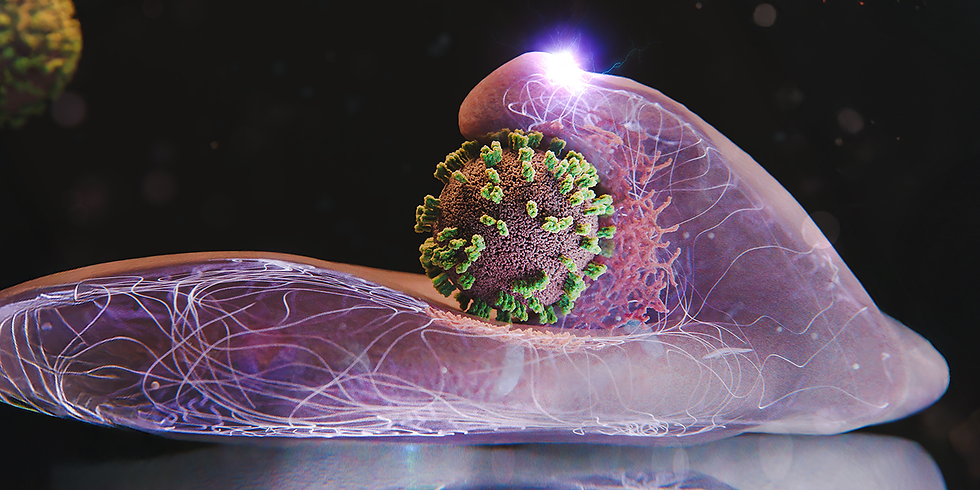Switzerland’s 2017 animal research statistics indicate fewer animals used
- Bob Tolliday
- Nov 15, 2018
- 1 min read
The latest figures released by the Swiss Federal Veterinary Office (BLV) show a decrease in the overall use of animals in biomedical research in the Switzerland’s public and private institutions.
These statistics for 2017 are made available in compliance with Swiss law and demonstrate the continuing commitment of the Swiss biomedical sector to openness and transparency about animal research, combined with an ongoing commitment to replace, reduce and refine the use of animals for every project, commonly known as the 3Rs.
In particular, the figures show a reduction in the number of mice used and a 19% increase in the number of fish used. Within the overall biomedical sector, three categories – disease diagnosis, education and training, and environmental, including human and veterinary protection – show a significant increase in procedures carried out using animals. There was a decrease in the use of animals in the basic research and discovery, development and quality control categories.
SGV (Swiss Laboratory Animal Science Association) president Birgit Ledermann said: “The use of animals is essential for biomedical research into diseases such as cancer, dementia and for vaccines. Many of the cures and treatments we use today for conditions such as diabetes and epilepsy, were made possible through the use of animals.”
Commenting on the figures, EARA Executive Director Kirk Leech said: “The publication of these figures shows that biomedical researchers in Switzerland are completely open about their numbers. Behind each statistic is the story of basic research, of work towards combating disease and of improvements in medicine both for humans and animals.”



